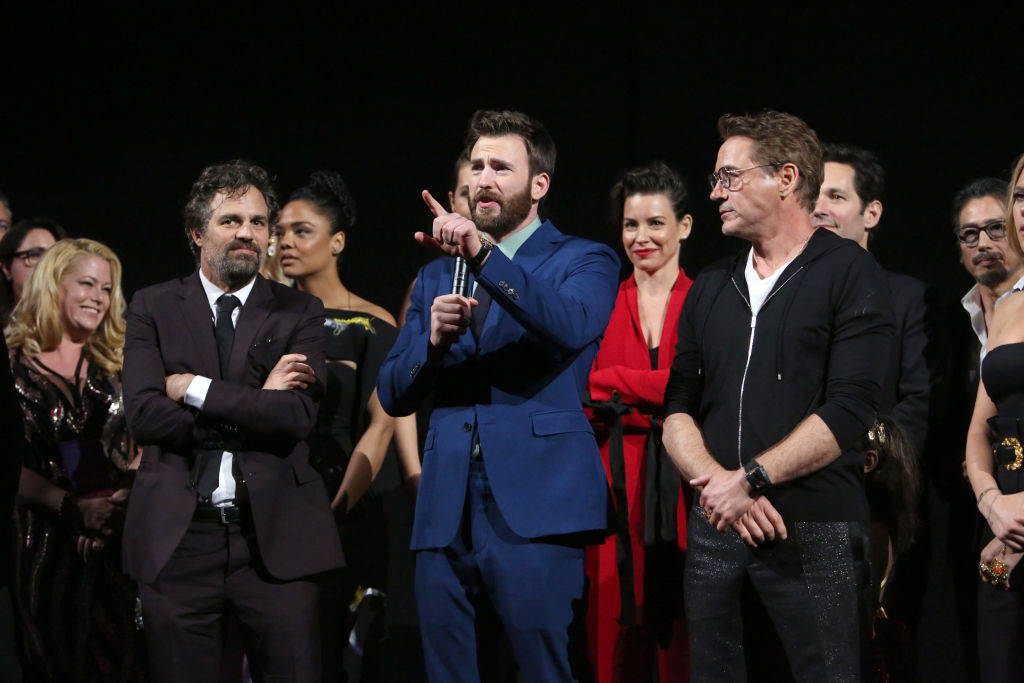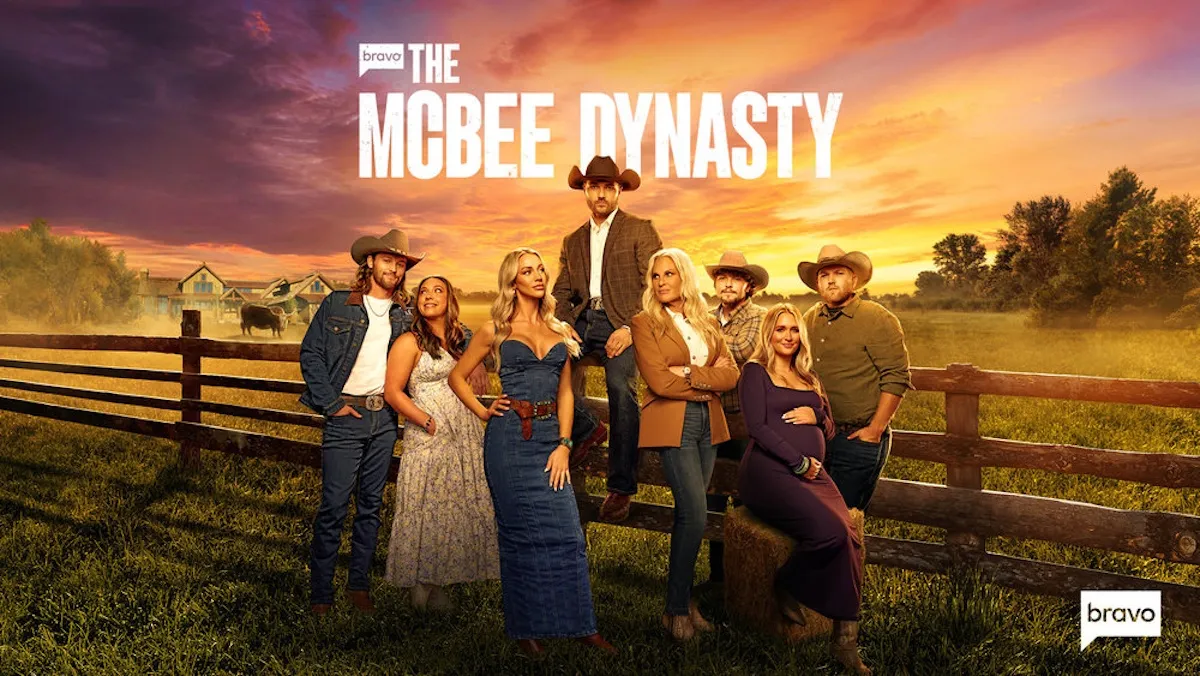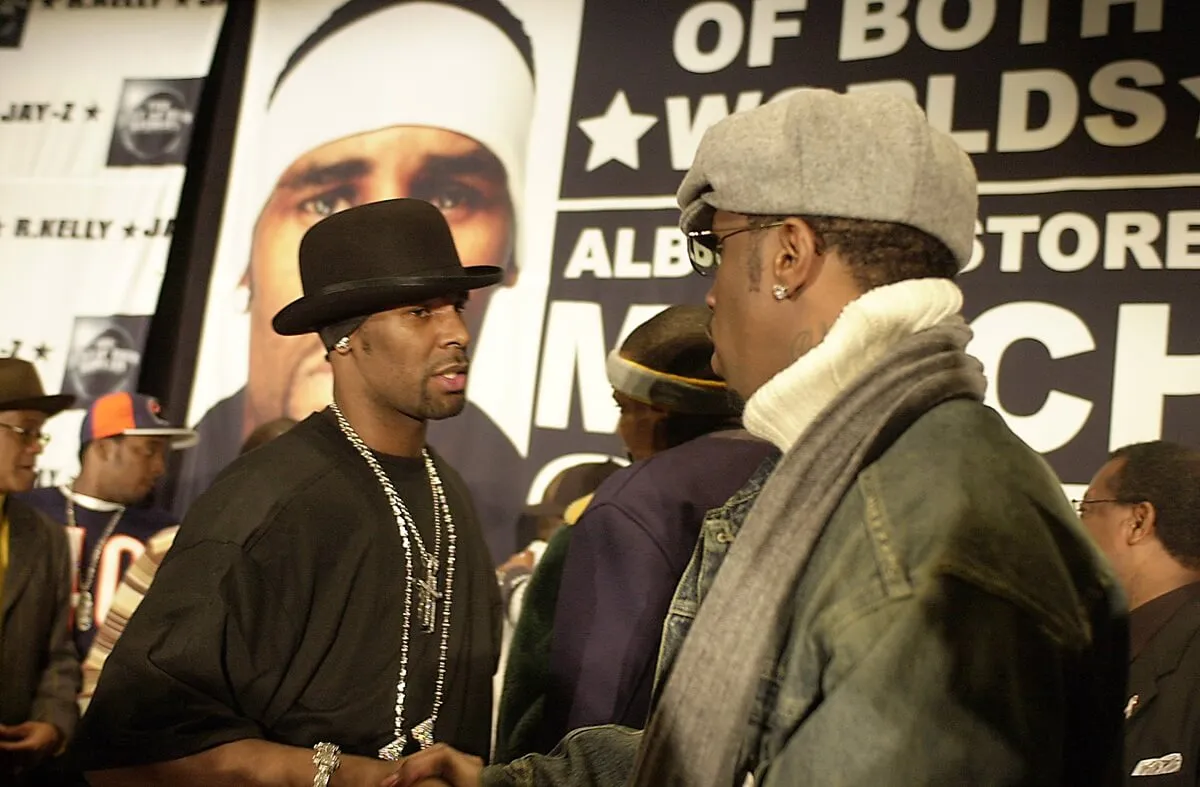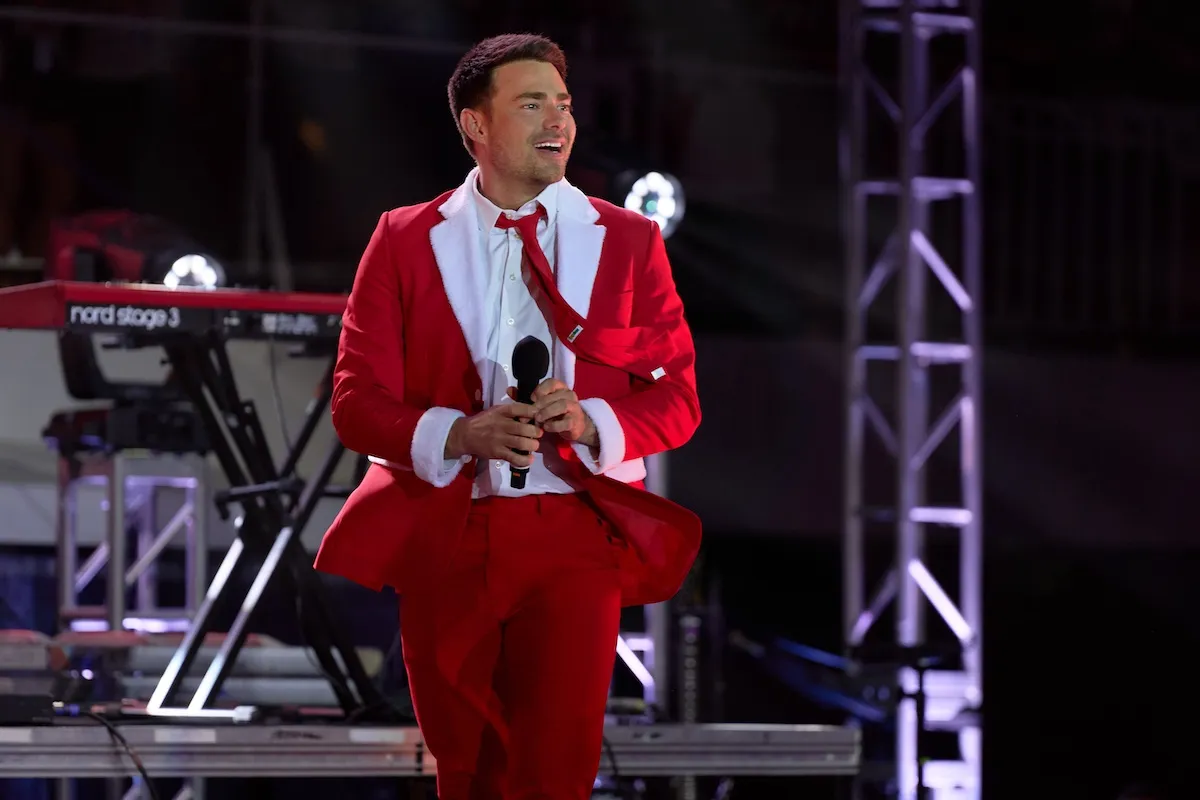‘Avengers: Endgame’ Changed Past Marvel Movies in 1 Specific Way
Despite Disney’s best efforts, Avengers: Endgame did not turn out to be a major player at the 2020 Academy Awards. Some fans hoped Robert Downey Jr. would get an acting nomination. Meanwhile, others merely advocated for Alan Silvestri’s rousing music to get a nod. But in the end, it’s hard to argue with the single Oscar nomination Avengers: Endgame received.
The Marvel Studios epic earned an Academy Awards nod for its visual effects. Many of the artists who shaped Avengers: Endgame also worked on previous installments in the Marvel Cinematic Universe. So the recognition feels particularly poignant with this film. After all, Avengers: Endgame plays like a victory lap of everything the MCU has accomplished to date.
In fact, going back to previous Marvel films gave the visual effects team the chance to tinker.

‘Avengers: Endgame’ was an epic conclusion to the ‘Infinity Saga’
Eleven years into the MCU, the stakes have never been bigger than they are in Avengers: Endgame. In fact, fans are now left wondering how they could get bigger than the universe itself. For the visual effects artists, it all boiled down to the MCU heroes’ face-off against Thanos and his army. That was the key moment, Matt Aitkin, digital VFX supervisor at effects house WETA, recently said.
We got to do that shot. And yeah, there were technical challenges in pulling it off, but also there was a sense of a huge responsibility because even just reading that page in the script, you knew that that whole sequence had the potential to play huge. Like it’s just, it’s the payoff for the “Infinity Saga.” You know, this has been an all, it all comes home to roost.
Unbelievable as it may seem, that entire wide shot of the Avengers finally assembled doesn’t feature any actors whatsoever. To achieve this fully computer-generated shot, WETA had to create digital doubles for all 47 MCU heroes included. And that was just the beginning of an intense, complex final battle sequence.
The film ambition presented a challenge for the visual effects team
Aside from that big showdown, Avengers: Endgame‘s Oscar-nominated visual effects team had to answer other big questions. The introduction of Smart Hulk was chief among them. Russell Earl, VFX supervisor at Industrial Light & Magic, notes capturing Mark Ruffalo’s performance was part of a much larger challenge. In fact, Avengers: Endgame, Earl said, involves just about everything they can imagine.
[Avengers: Endgame] is packed with digital environments, digital characters, de-aging, old-aging. We’re going into the quantum realm, and there’s just so many things that it’s all these, mass explosions, water work. There’s such a variety of things that I don’t think we could have achieved in the time we had without having had the prior films under our belt. … When we got to Endgame, we were able to really hit the ground running. We had our systems up and in place and it allowed us to just put more time than we normally would’ve had into getting the shots under the screen.
All that hard work definitely comes across on-screen. Even for the MCU, an adventure across time and space is a lot more ambitious than your average Marvel movie. Audiences and critics alike got so swept up in the film, to the tune of $2.8 billion. That performance speaks to how effective the visuals are in supporting the story.
How ‘Avengers: Endgame’ changed things up in a subtle way
While Avengers: Endgame brings many new elements into play, it also stands apart from other MCU movies. The main reason why is because it introduces time travel. This necessitated the visual effects team to revisit and, in some cases, recreate iconic moments from previous movies.
In particular, the Battle of New York from The Avengers plays a key role. Going back several years in the timeline, the artists upgraded the visuals to today’s standards to maintain quality and consistency. Although brushing up an old character can be frustrating, Earl said his team “always [wants] to make things better.” Aitkin, meanwhile, believes the most essential part of cleaning up older visuals is that fans never realize the difference.
“From an audience point of view, they’re not even aware that it’s changed,” he said, “because these characters need to be recognizable and instantly recognizable. But you just want them to be b*tchin,’ I suppose.” Even the most hardcore fans probably never noticed a difference amidst the cheers. So we’d say the visual effects artists earned their Oscar nomination.


